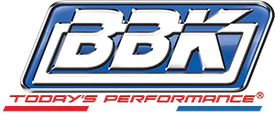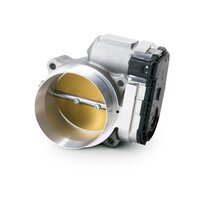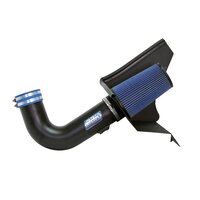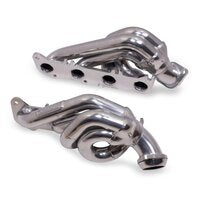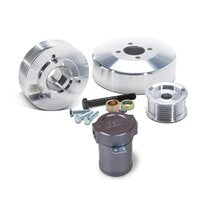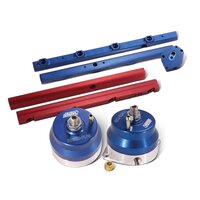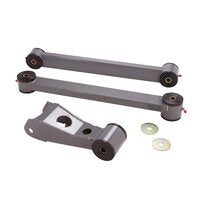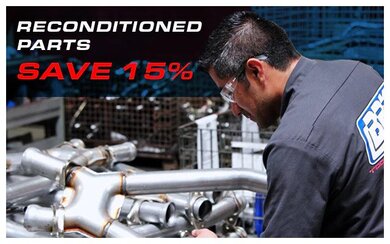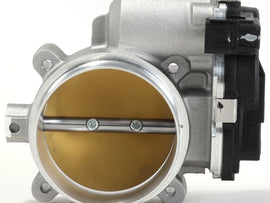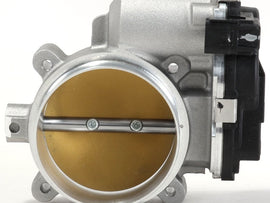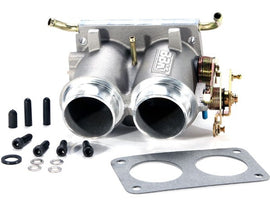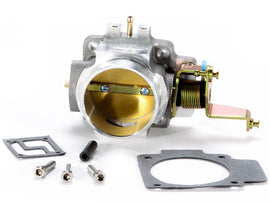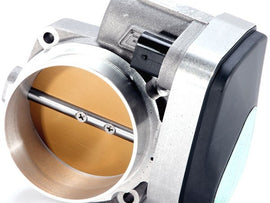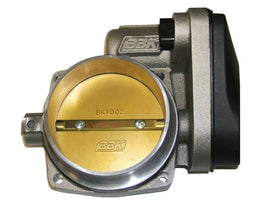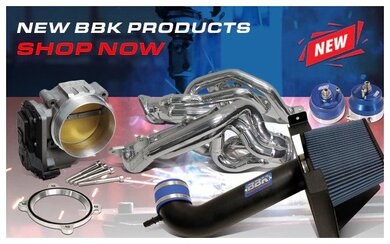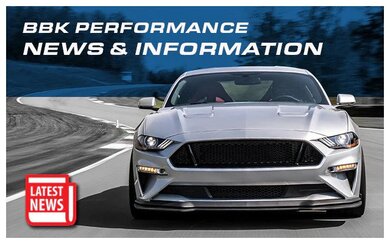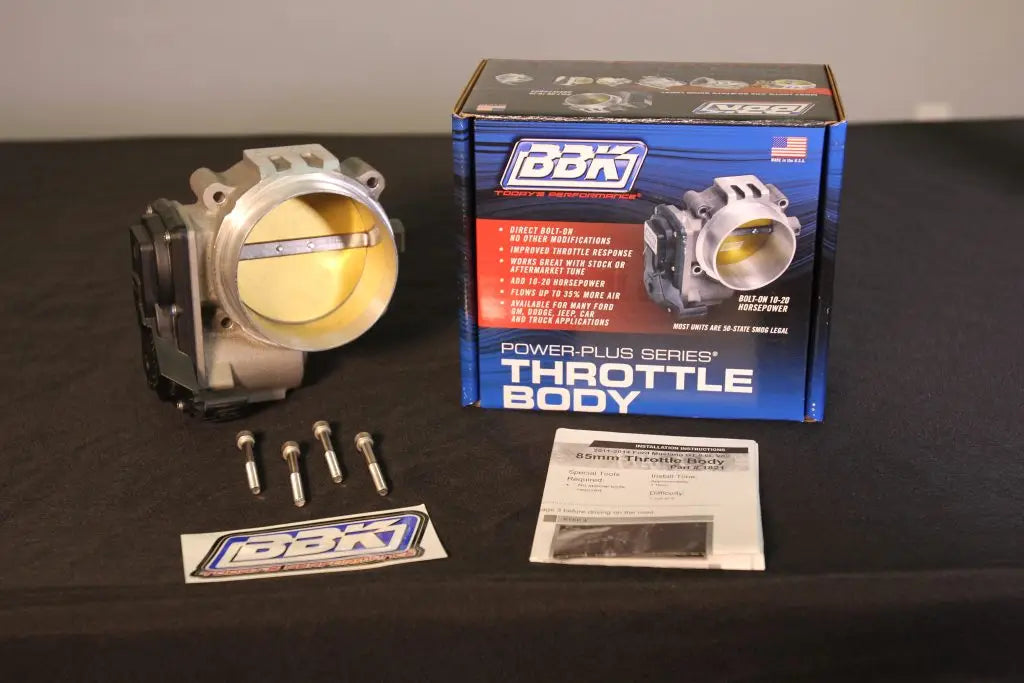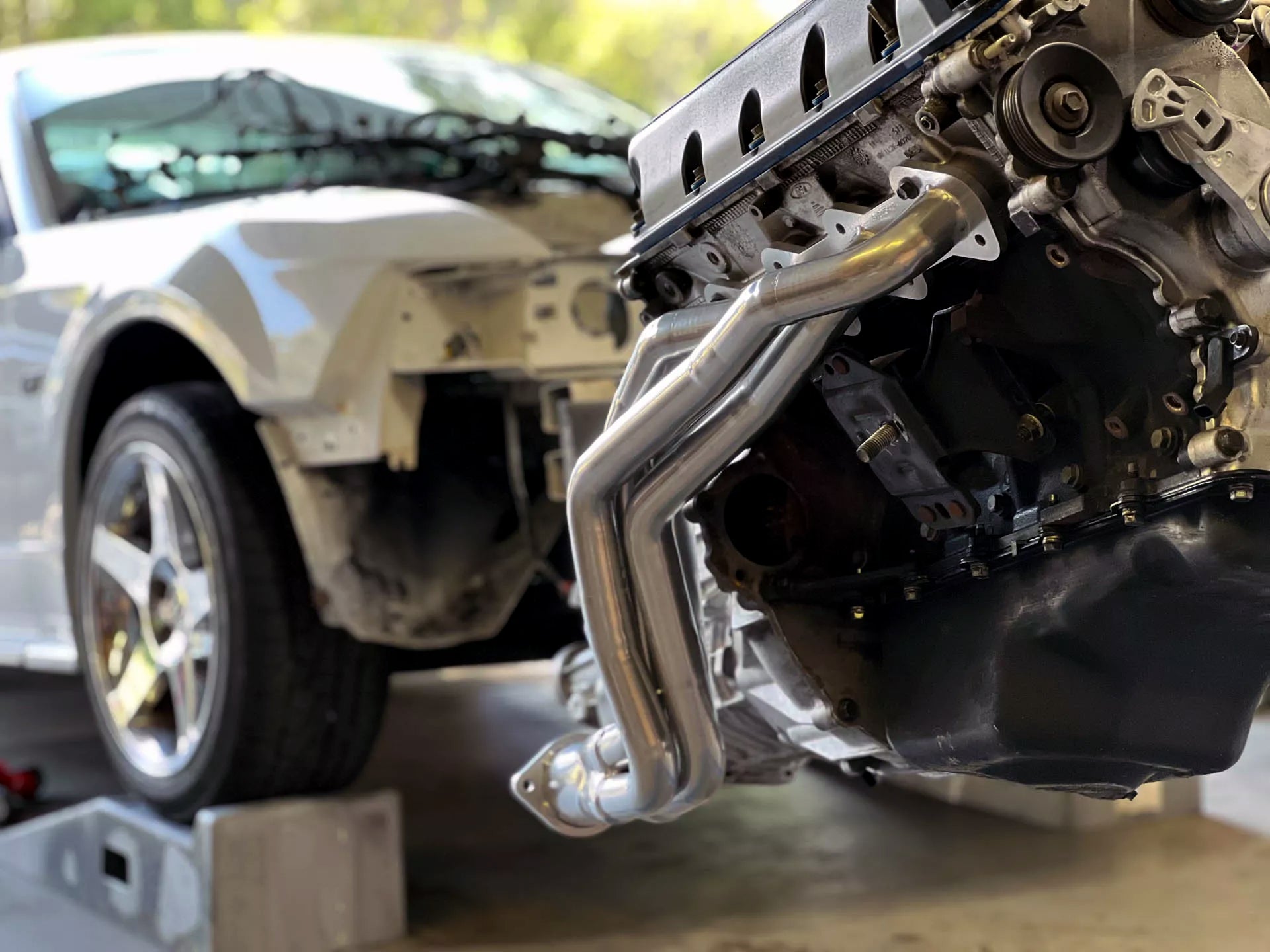SEARCH BY YEAR, MAKE, & MODEL
Featured products
Shop our most popular bolt-on parts!
- Throttle Body
- Cold Air Intake
- Exhaust
- Engine Bolt-on
- Fuel System
- Drivetrain
>
BBK NEWS & AUTOMOTIVE INFO
The latest news from BBK Performance & the Aftermarket Performance Industry
BBK Services
local_shipping
FREE SHIPPING
Free shipping over $100
check_circle
ONE YEAR WARRANTY
All BBK Parts have a 1 year warranty
question_answer
CUSTOMER & TECH SUPPORT
Mon-Friday 8AM - 5PM EST
local_shipping
FREE SHIPPING
Free shipping over $100
check_circle
ONE YEAR WARRANTY
All BBK Parts have a 1 year warranty
question_answer
CUSTOMER & TECH SUPPORT
Mon-Friday 8AM - 5PM EST
local_shipping
FREE SHIPPING
Free shipping over $100
check_circle
ONE YEAR WARRANTY
All BBK Parts have a 1 year warranty
question_answer
CUSTOMER & TECH SUPPORT
Mon-Friday 8AM - 5PM EST



